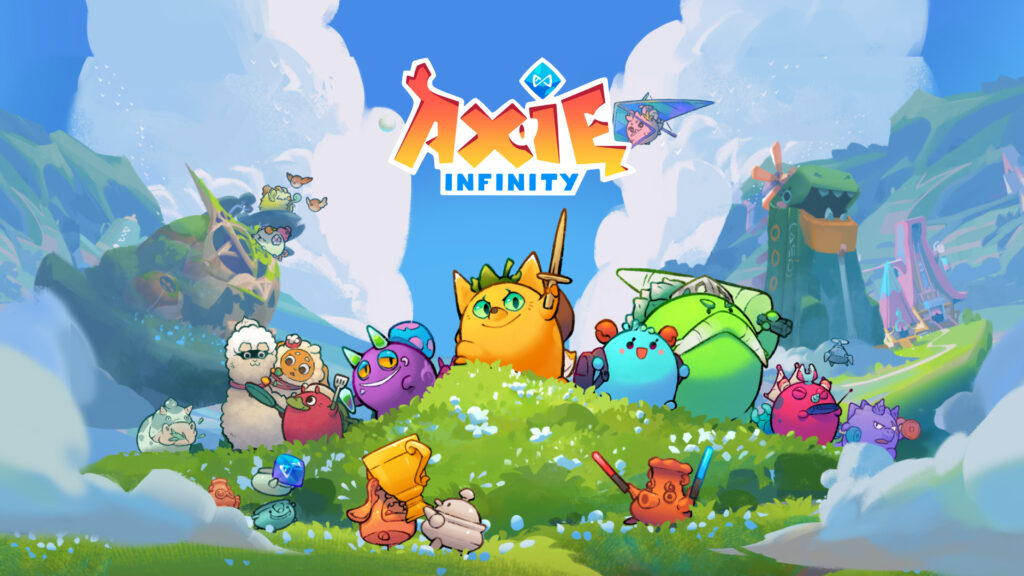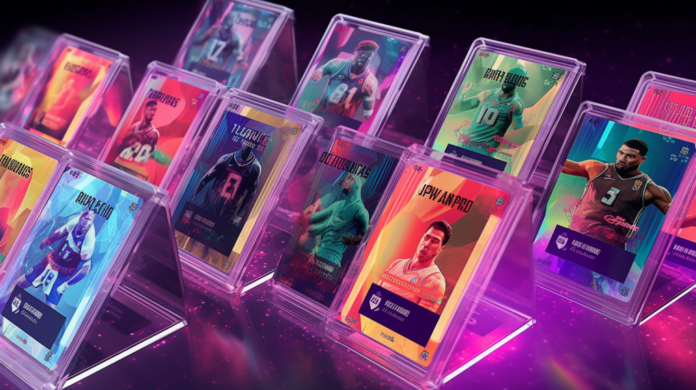Welcome to the groundbreaking age of Web 3.0, a new frontier where digital technologies reshape our understanding of value, ownership, and interaction. One of the most prominent game-changers in this new era is Non-Fungible Tokens (NFTs), unique digital assets that have transitioned from a fringe curiosity to a powerful economic powerhouse. Their reach spans across a range of industries, from entertainment to sports, essentially altering how we perceive the concept of collectibles.
The Rise of NFTs in Web 3.0
Web 3.0, frequently referred to as the next evolutionary phase of the internet, is all about creating a digital ecosystem that is decentralized, user-oriented, and intelligent. This innovative version of the internet, powered by blockchain technology, paves the way for novel methods of value exchange, with NFTs playing a pivotal role.
Now, you may ask, what makes NFTs so unique? Unlike cryptocurrencies like Bitcoin and Ethereum, which are fungible (identical to each other), NFTs are unique, hence ‘non-fungible’. This unique aspect introduces an element of scarcity that is uncommon in the digital world, thus revolutionizing our perception of digital ownership. These unique tokens can represent ownership of specific items – digital art, music, virtual real estate, or even digital collectibles related to sports and entertainment. This unique quality is what makes NFTs a game-changer in the collectibles space, especially in the realm of sports.

NFTs: The New Digital Trading Cards in Sports
One of the most exciting applications of NFTs is within the sports industry, where they serve as a modern version of trading cards. Traditionally, sports enthusiasts collected physical trading cards featuring their favourite athletes. This passion for collecting and the thrill of the chase has found a new outlet in the form of NFTs.
Platforms such as NBA Top Shot, developed by Dapper Labs, have capitalized on this trend. Here, fans can own, trade, and sell officially licensed NBA highlight clips, each minted as an NFT. The success of NBA Top Shot has inspired other sports organizations to explore the potential of NFTs, leading to the advent of similar platforms across different sports. For example, Tom Brady’s NFT platform, Autograph, has raised substantial capital and garnered considerable attention, emphasizing the potential of NFTs in sports collectibles.

NFTs and the Future of Ticketing
NFTs are not just about digital trading cards; they’re also set to revolutionize the ticketing industry. Teams and ticket vendors are exploring NFTs as a means to enhance the fan experience. Picture your digital ticket serving as a highlight reel from the game you attended, packaged as a limited-edition NFT. Such innovations could add a new dimension to sports memorabilia. Traditional ticket stubs from significant games already command high prices among collectors. Digital tickets in the form of NFTs could take this a notch higher, offering exclusive content and experiences, potentially fetching even higher values in the future.
Blockchain Games, Metaverse, and NFTs
Beyond their role as digital collectibles, NFTs are also finding a place in the virtual landscapes of the metaverse and blockchain games. In these digital spaces, NFTs can be displayed, traded, or even used within the game dynamics, adding a layer of value and utility.
In these virtual landscapes, NFTs can be exhibited, exchanged, or even used within the game dynamics, providing an extra layer of engagement and utility. They’ve sparked a revolution in the gaming industry, birthing an entirely new genre dubbed “Web 3 gaming” or “GameFi”.

GameFi, utilizing blockchain technology, has captivated the crypto industry, accounting for 49% of the blockchain usage by 2021. The ascent of non-fungible tokens (NFTs) has been a significant accelerator in this development. The Blockchain Game Report from DappRadar highlighted that “gaming” NFTs had over $4.5 billion in trading volume and made up 20% of total NFT sales in that year. The rapid growth of play-to-earn (P2E) tokens, particularly from games like Axie Infinity, has been a major catalyst.
Axie Infinity, an Ethereum-based game, was the first to introduce an innovative tokenomics model within games, offering substantial economic incentives to a broad audience. It established a dual-token system, with the AXS token functioning as the governance token and the SLP token serving as in-game rewards. The SLP tokens could either be sold on exchanges or used to breed new digital creatures, producing NFTs that could be sold on NFT marketplaces. This multi-token economy and their interaction birthed a novel economic model around the game.
However, the success of the model also placed immense pressure on its tokenomics. The production rate of SLP tokens outpaced their “burning” ratio (the rate at which they were removed from circulation) by a factor of five, leading to a steep fall in the price of SLP tokens. The game became unattractive to users as playing it necessitated purchasing thousands of dollars’ worth of NFTs.
Despite the issues, the market cap of Axie Infinity reached $3 billion, with an impressive $1.2 billion annualized revenue, demonstrating the potential of P2E games. This success stirred both interest and skepticism among traditional gamers and companies in the gaming industry.
The potential of GameFi prompted the global gaming studio Ubisoft to launch Ubisoft Quartz, a platform for collecting and trading gaming NFTs. However, a backlash from its community led to the project’s discontinuation, which found Ubisoft Quarts canceled. Concerns about the sustainability of the tokenomics model of Axie Infinity also arose following a crash in the price of its SLP tokens. Some developers in Web 3 gaming have expressed skepticism, with the founder of SuperGaming, one of India’s largest gaming studios, comparing current crypto tokenomics models to pyramid schemes.

However, these challenges haven’t dampened the enthusiasm around GameFi. Developers are on a quest to create new tokenomics models that could create an entire financial ecosystem around gaming, including microloans for in-game assets.
Several models are under testing. For instance, Ish Goel of the Web 3 game PlotX, believes skill based P2E games will see huge adoption. He’s creating a P2E token to gamify prediction markets and has seen positive adoption in the initial rollout. Another approach is the one taken by Star Atlas on the Solana blockchain. By creating a strategic and expansive metaverse with incentives to build cities and warships, it mirrors land development and price appreciation models seen in the real world, signifying the potential of GameFi to capture economic models similar to the real world.
While these developments are promising, the sustainability of these tokenomic models in the long run remains to be seen.
Remember: By viewing this page you agree that this article is for informational purposes only and that readers bear full responsibility for their decisions; lastly, this article should not be considered as investment advice.
